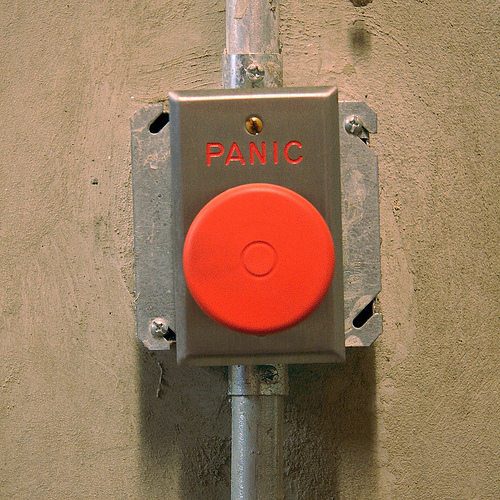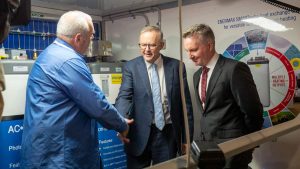
The Energy Security Board says it hopes to release a draft final report of the National Energy Guarantee at the end of next week, likely triggering months of intense debate ahead of a critical meeting of energy ministers in August.
Clare Savage, the deputy chair of the ESB, told the Energy Networks Australia conference in Sydney that, all going as planned, the draft report would be ready for release.
The National Energy Guarantee is being pushed by the federal Coalition as a solution to Australia’s climate and energy policy problems, and a unique opportunity to align the two.
However, the proposal is mired in controversy, initially over the structure of the mechanisms that impose an emissions obligation and a reliability obligation, and over the lack of ambition in the federal government’s emissions reduction targets.
Concern over the reliability mechanisms has largely – but not completely – been allayed by a revised “high level” draft delivered to COAG energy ministers in April.
It is now being seen as a “light touch” obligation, given that Australia rarely suffers outages from a lack of supply, and no such shortfall is forecast over the coming 10 years.
Indeed, Savage described the reliability obligation as a “back-stop” regulation that may never be triggered.
Conservatives have expressed dismay that the NEG may not offer the type of lifeline and multi billion-dollar bailout for the coal industry the likes of which is being considered by the Trump administration in the US.
ESB chair Kerry Schott says there is no chance that any new coal-fired generation will be built, although energy minister Josh Frydneberg has tried to mollify conservative fears by saying that the NEG offers the best hope for coal.
However, the fate of coal is largely going to be decided by the emissions obligation, and that in turn will be decided by the extent of the government’s emission reduction targets.
Frydenberg has made it clear that the Coalition government will not increase its current target of a 26 per cent cut in electricity emissions by 2030, despite most analysis saying that target will be effectively met around 2020 because of the new wind and solar investment to acquit the renewable energy target.
Because of that, analysts say that the NEG will not likely spark any new investment, beyond that proposed to meet state targets in Victoria and Queensland, and increasing corporate and household interest.
Labor has said it wants to make sure that any targets are scaleable and adjustable, but this means that any increase in emissions reductions – and more investment in wind and solar – would depend on a change of government.
Labor states are also pushing for a mechanism that recognises the increased ambition of individual governments such as the ACT and Victoria, and does not allow other states to piggy back on those efforts to reduce their investment.
Savage was asked by RenewEconomy about the ESB proposal to allow retailers to tap into the rooftop solar installations of their customers to help meet their own emissions targets.
This has raised questions about visibility of behind the meter use, and the equity of allowing the retailer to benefit from such private investments. Savage said more would be revealed in the final draft.
NSW energy minister Don Harwin said it was his hope that the NEG would be agreed and signed at the COAG meeting in Sydney in August
“There might not be much romance in this marrigae of climate and energy policy, but (the NEG) should do the job, and it should unlock investment,” he said, adding the state government has no intention to cause the premature closure of existing coal generators.
Harwin pointed to the $18 billion pipeline of new generation proposals in NSW, mostly renewables, but the limitations of the transmission network, which had been built 50 years ago to serve coal generators.
“We don’t have the network capacity to transmit this new energy to consumers,” Harwin said. “The proposals are 15 times higher than the remaining capcity in transmission network, and this is limiting capcity to replace coal fired generators.”
Hence the need for a transmission study, and the push to create renewable energy zones in New England, western NSW, and both-west NSW.









